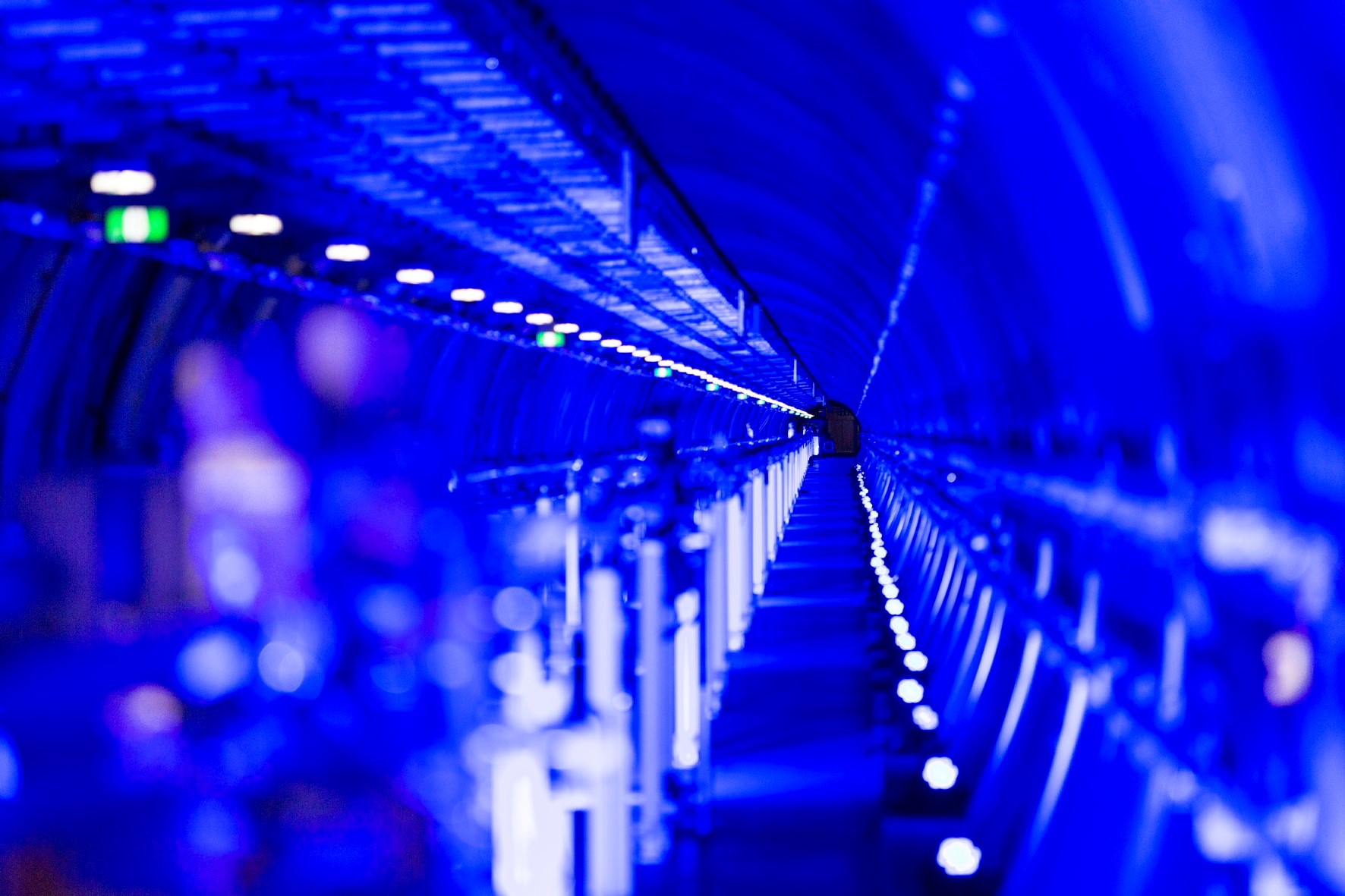
By Brian Santo, contributing writer
X-ray generators for research of this type are typically synchrotrons, devices that accelerate particles around a circular track. The new European XFEL is a superconducting linear accelerator that will generate light about a billion times brighter than synchrotrons can achieve, capable of delivering trillions of photons in the X-ray band. It can currently energize electrons up to 17.5 GeV.
It will not only be the most brilliant X-ray generator in the world but also the fastest. It can generate pulses as short as 50 femtoseconds, meaning that it can flicker on and off about 27,000 times a second, which the European XFEL project said is 200 times faster than the next-fastest X-ray generator.
At 1.7 kilometers long (just over a mile), XFEL is the longest linac in the world. It is housed in a 3.4-kilometer (2.1-mile) tunnel below Hamburg, Germany.
European XFEL will be fitted a number of different devices for different purposes. The most recently installed is the Large Pixel Detector (LPD), which the agency described as “the first fully functional X-ray light detector to record at a rate of 4.5 MHz.” That translates to the ability to take 4.5 million pictures per second, or once every 222 nanoseconds, fast enough to keep up with the XFEL pulse rate of 27,000 pulses/second.
The XFEL generator is so powerful, it will inevitably degrade the imaging equipment used with it. The developers of the LPD are already making replacement parts in anticipation, reported the BBC .
While XFEL can be used to investigate fundamental physics, the expectation is that the device will be used extensively for practical applications. The ability to image molecules and study their chemical reactions has become a critical technique in developing new drugs and medicines. Other applications could include the development of new materials and substances, optimizing electronic storage media, and investigating conditions found within exoplanets, the project agency said.
Run-of-the-mill magnetic disk storage is running up against some limits in physics that might slow performance and density improvements through the next few product generations. Researchers have discovered that the write process could possibly be accelerated using circularly polarized light. According to the agency, European XFEL is going to be equipped with a device that produces circular polarized X-rays “that will permit researchers to obtain a map of the magnetization of a sample and of its evolution in time. This will lead to a better understanding of ultra-fast magnetization erasure and re-writing by optical laser pulses and should contribute to establishing the mechanism and approach the physical speed limits of magnetic recording.”
Advertisement
Learn more about Electronic Products Magazine





